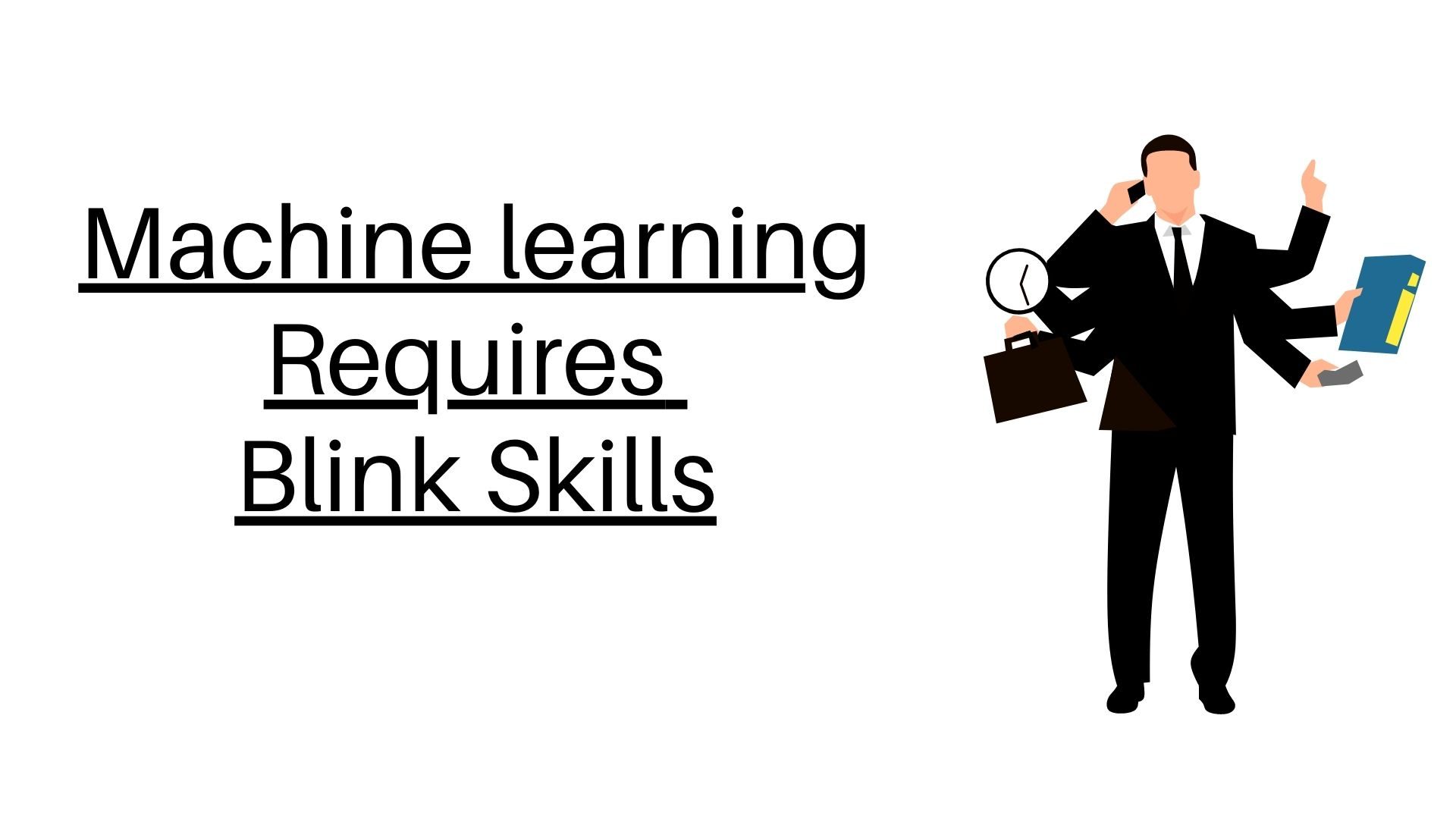So, I am currently working on a machine learning and deep learning project. I am new to this field and am still learning, but I will get better with time. However, as I am coding and trying to solve problems, I have realised that there are a few important things that must be understood before beginning development.
Understanding:
Those things are: 1. understanding the type of data; and 2. once you know what kind of data this is, you need to check what kind of model you are going to use. 3. Choose a model, and then you’ve got three things down, 4. How to reshape the data according to the model that you are using for that project
These things are easy to say, but believe me, it is so hard if you don’t have a good understanding of the basics, and my basics are just getting better. So for today, the main question is, “How can we get these things right?" and “How can we do well in this field?"
Different Domain, Different Concept:
You see, in the domain of Web development, it is easy to say, “Build a lot of applications,” and you will see how to create a beautiful interface, but in the domain of machine learning, there is something else, something that I cannot explain.
Hidden Skills for Machine Learning:
1. Reading Data:
So you want to read data. Good luck with that. It’s not easy to read some numbers and then write code to solve that problem. So here are some of the things that I did to improve my data reading skills.
- In the given dataset, check out how many features are there. Once you have seen how many features are there, you might have some idea of what is going on in the dataset.
- Check the total size of the dataset; how many rows are there? The same goes for columns as well, because not knowing the size can affect your reshaping of the model.
- Examine the story, the data, and whether it represents billing, financials, or any other prediction.
- Once you’ve determined what the data is telling us, plot the data into a graph to see how it’s distributed.
- Once more, check if there are any missing values or null values; if there are, then you need to fill those gaps or remove them from the dataset, depending on the project. If we can’t remove data from the dataset, then you need to find a way to fill those gaps and make the data better.
2. Choosing the Appropriate Model:
In the world of machine learning, every model has a purpose, but if you train the model on the correct dataset, it can be used for anything, any prediction included. For example, CNN was designed for image processing, but it can be used for text processing in NLP processing as well.
You must first determine the nature of the problem before selecting a model.Is it a regression problem, a classification problem, a ranking problem, or a clustering problem?
Once you have identified the problem, you need to see which model will work on your data set.
So, depending on the data you need to check which model will work the best, here are some examples that I think will work the best.
- If in your data there are only two features and those features are in line and connected, then you can use linear regression.
- If in your data there are more than two features and all of them are related, you can do logistic regression.
3. Getting the Correct the Model:
Once you have chosen the correct model according to the data, you need to do some basic math to predict that this model will work because if your math is incorrect, you might be wasting time because there are a lot of models that you need to go through to find the perfect one.
But in any case, if you have found a good model, then you need to train the model and then test it; the ratio for training and testing the model should be 70/30 percent, 70 percent for training and 30 percent for testing. After you’ve been tested, you should start practicing; before testing and training, you’ll make mistakes, and believe me, those mistakes will be the worst.
4. Reshaping the Data Set:
Reshaping the data set is one of the most difficult jobs ever. I am working on a project, and the data set is not reshaping at all. I need some help, so feel free to email me.
Every model has its own size and its own dimensions that will fit the model; you don’t want to overfit or underfit the model, so you need to reshape the data, and there are a lot of ways you can reshape the data into what the model requires.
You can use numpy from Python for reshaping, use lists, or use tensorflow for reshaping the data, so there are a lot of ways you can do this, and all of them will lead you to the same answer but at different times, so choose correctly and wisely.
Final Thoughts:
No matter in which field you are, things are always going to be rough and hard, so be with them, learn, make mistakes, and in no time you will do what you do best, which is be great in machine learning and development.
So here are some of the things that I use to read data and make the correct selection when I am learning and practising machine learning. If you have any questions or opinions, feel free to contact us.
I will see you next time.❤️
Credit:
This article was written by Abdul Rafay and published on Future Insight.
Contact Us:
If you have any questions, please contact
Future Insight:
Author:
Abdul Rafay:
Thumbnail:
